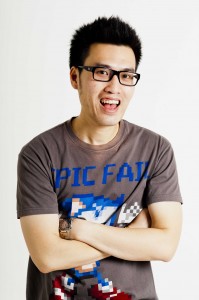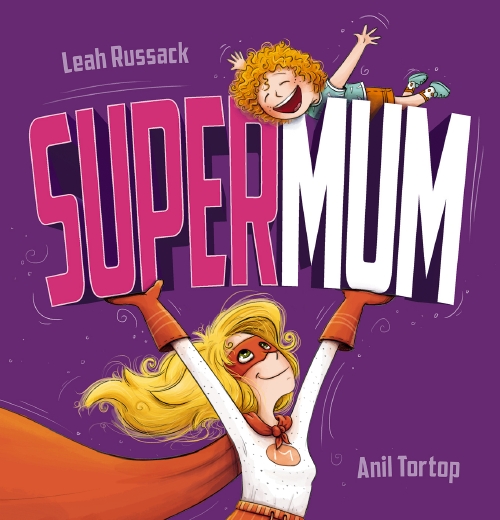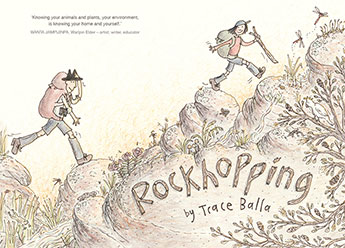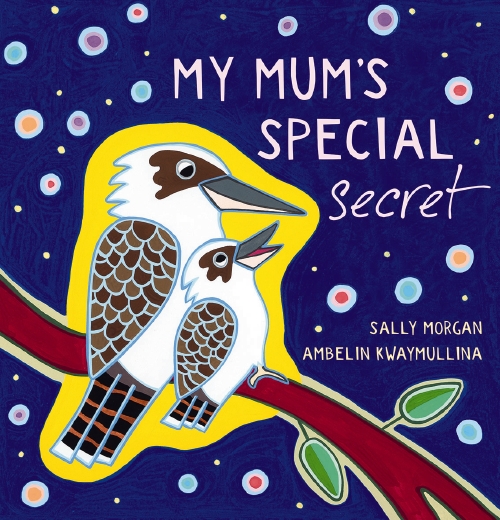 My name is Christy but nobody calls me that. I’m in the same class with another girl named Christie, so I’ve become just the other Christy, the spare Christy. Not the popular, loud one everyone likes.
My name is Christy but nobody calls me that. I’m in the same class with another girl named Christie, so I’ve become just the other Christy, the spare Christy. Not the popular, loud one everyone likes.
Christy Ung has been on the outer ever since she arrived in Australia. Every year she is put in the same class as Christie Owen, and that makes Christy the other Christy. Christie Owen is loud and popular – but she’s also mean, especially to Christy. Christy, meanwhile, has no friends, and her classmates don’t even seem to notice her. The only people who seem to care are Auntie Mayly and Grandpa, who is really strange, and whose main passion in life is cleaning. With such a strange home life, Christy wonders if she will ever be able to make a friend.
The Other Christy is a humorous but touching story of searching for friendship an fitting in, dealing as well with issues of immigration and bereavement. Christy is being raised by her Grandfather after the death of her mother in Cambodia, and is keenly aware of the differences between her own homelife and those of her classmates. Christy is a likeable protagonist, and the resolution is satisfying.
The Other Christy, by Oliver Phommavanh
Puffin Books, 2016
ISBN9780143505723


 Sometimes – A lot of sometimes – I want to smile.
Sometimes – A lot of sometimes – I want to smile. A long time ago a duck sat on her nest, waiting for her eggs to hatch. The sun was shining and all the other ducks were swimming in the water.
A long time ago a duck sat on her nest, waiting for her eggs to hatch. The sun was shining and all the other ducks were swimming in the water.  The sun is up and I have a lot to shoe.
The sun is up and I have a lot to shoe. The Dreaming Tree
The Dreaming Tree It’s time for bed, sleepy head.
It’s time for bed, sleepy head. SuperMum by Leah Russack ill Anil Tortop
SuperMum by Leah Russack ill Anil Tortop The first time Uncle Egg took me on an adventure, canoeing, it was his idea. This time the adventure was my idea – or maybe it was both of ours …
The first time Uncle Egg took me on an adventure, canoeing, it was his idea. This time the adventure was my idea – or maybe it was both of ours … My mum teaches me
My mum teaches me